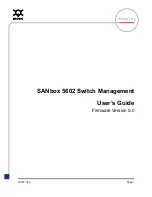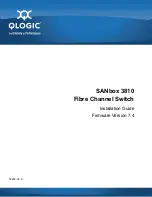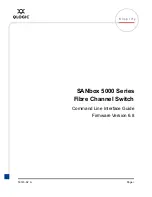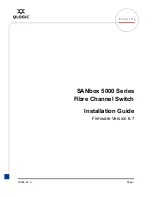
Rev. B
3-20
HMXMC001013
31-Mar-06
3.8.4.2 RS-232 VCR Interface
A Peripheral Control Interface (PCI) module can be used to control one VCR using an
RS-232 control data connection. Up to (32) functions could be supported depending on
the
brand/model
of the VCR machine to be used. These functions are: stop, play,
review, preview, rewind, fast-forward, pause, frame-step, slow-play, shuttle-mode,
counter-reset, search-zero, eject, record, and power.
3.8.4.3 Infra-red VCR Interface
One peripheral control interface (PCI) module would be used to control up to eight (8)
VCR machines, using the infra-red remote control feature found on most domestic
brands.
Similar to the RS-232, up to (16) control functions could be supported. One additional
alarm input per VCR is provided for simple detection of a VCR status.
E. g.: NOT-RECORDING or END-OF-TAPE status
This dedicated alarm status is automatically managed, and associated to the VCR by the
MAXPRO-Net system.
3.8.4.4 Resistive-Array
VCR
interface
One peripheral control interface (PCI) module would be used to control up to eight (8)
VCR machines using the two-wire resistive array remote control feature available on
some 24-hr time-lapse (and real-time) industrial video recorders.
Again, up to (16) control functions could be supported together with one alarm input per
VCR to detect an END-OF-TAPE or NOT-RECORDING status.
3.8.5
Standard device control
In the MAXPRO-Net video system, various device types are defined to manage the way
things are selected in a better manner. Cameras, monitors, and VCRs are the commonly
used device types.
A
standard device
is a nonspecific group of devices such as video printers, freeze
frame units, video detection equipment or maybe video export/import for supporting
graphic databases.
Standard devices
have their own logical device numbering independent of cameras,
monitors, etc., so that appropriate identification/selection can be achieved.
















































